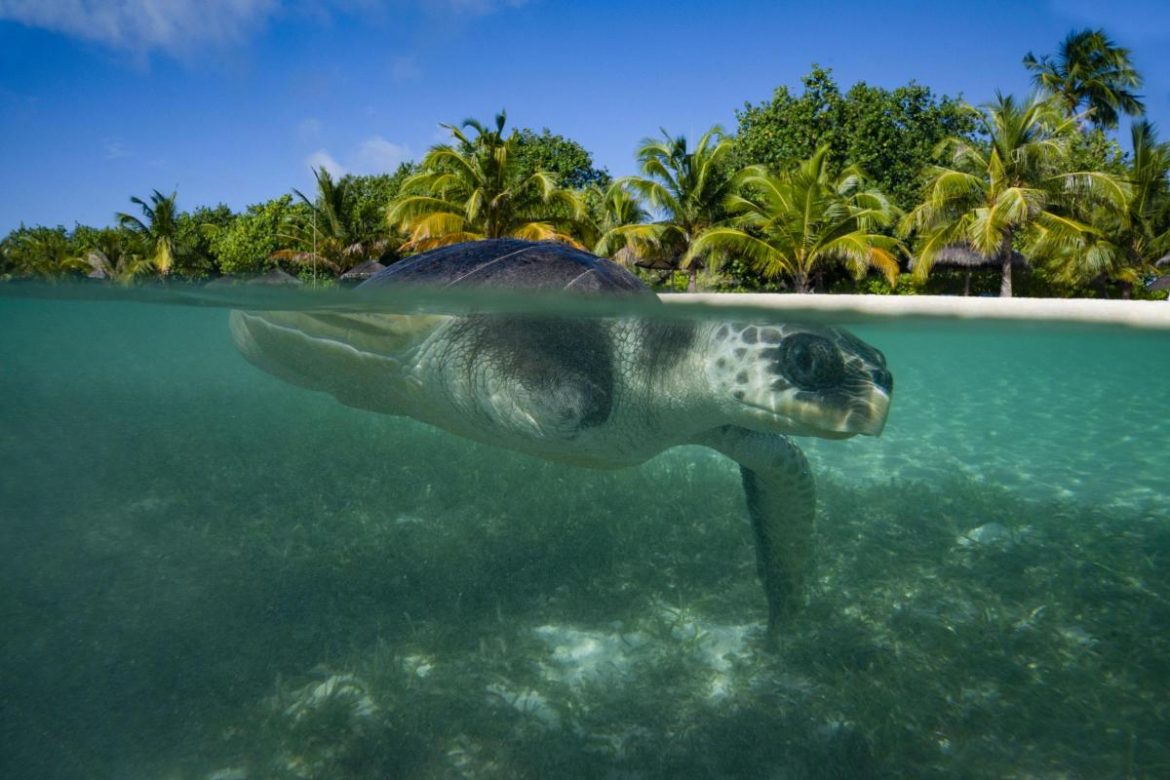The long-awaited step that environmental groups say will help reverse marine biodiversity losses and ensure sustainable development have been taken by negotiators from more than 100 countries as they have now completed a first of its kind UN international treaty to protect the high seas, a fragile and vital treasure that covers nearly half the planet after years of negotiation.
The agreement on the legally binding pact to conserve and ensure the sustainable use of ocean biodiversity was reached on Saturday, a day after the original deadline after it had been under discussion for 15 years and was subjected to another five rounds of protracted U.N.-led negotiations in New York.
“The ship has reached the shore,” the U.N. conference president, Rena Lee, said after a marathon final day of talks.
The new treaty is part of efforts to ensure 30% of the world’s land and sea are under protection by the end of the decade, and it is a crucial in the global efforts to bring a target known as “30 by 30” agreed in Montreal in December and also oblige countries to conduct environmental impact assessments of proposed activities on the high seas.
Read also: Civil servants warn cabinet ministers of legal action over UK’s failure to tackle climate crisis
Economic interests were at the heart of the latest round of negotiations that saw developing countries calling for a greater share of the spoils from the “blue economy”, including the transfer of technology while an agreement to share the benefits of “marine genetic resources” used in industries like biotechnology also led to serious debates until the end, dragging out talks.
The agreement was a “victory for multilateralism and for global efforts to counter the destructive trends facing ocean health, now and for generations to come”, UN Secretary-General Antonio Guterres was quoted as saying through a spokesperson, and a statement from the UN says the treaty is crucial for addressing the triple planetary crisis of climate change, biodiversity loss and pollution.
Meanwhile, environmental activist group, Greenpeace says 11 million square km (4.2 million square miles) of ocean needs to be put under protection every year until 2030 to meet the target as very little of the high seas is under any form of protection (only about 1 percent of the high seas are currently protected), and pollution, acidification and overfishing remain a growing threat.
“Countries must formally adopt the treaty and ratify it as quickly as possible to bring it into force, and then deliver the fully protected ocean sanctuaries our planet needs. The clock is still ticking to deliver 30 by 30. We have half a decade left, and we can’t be complacent,” said Laura Meller, a Greenpeace oceans campaigner who attended the talks.
Story was adapted from Reuters.
